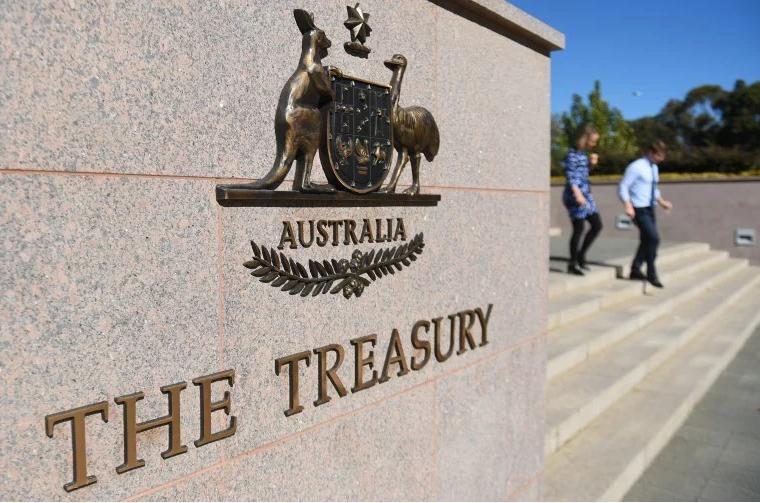The value of claims through the research and development tax incentive (RDTI) scheme’s non-refundable tax offset is estimated to return to pre-pandemic levels this financial year.
The non-refundable tax offset is available to companies with more than $20 million in aggregate turnover, and is effectively a discount on the amount of tax a company pays in recognition of R&D investments.

Treasury expects to forgo $530 million in aggregate revenue in financial year 2022-23 due to tax offsets through the scheme, up by $110 million from the 2021-22 estimate of $420 million, although the statement considers Treasury’s “estimate reliability” to be low.
The value of the estimated foregone income is two thirds less than the $1.16 billion peak in 2013-14.
The data was released through the government’s annual Tax Expenditures and Insights Statement on Tuesday, which also includes data on the characteristics of firms benefiting from the R&D Tax Incentive for the first time.
Over the forward estimates, the non-refundable tier of the scheme is expected to cost $570 million annually.
Business expenditure on R&D (BERD) by Australian companies has remained stagnant. In 2013-14, Australian businesses invested $18.8 billion in R&D activities, while in 2019-20 this number was $18.17 billion, representing a significant decrease in BERD as a proportion of GDP in Australia from just under 1.2 per cent to 0.9 per cent.
The breakdown of companies that accessed the R&D tax incentive is based on 2019-20 data, which predates the July 2021 changes to the system that introduced a tiered system based on an “R&D intensity” measure. The data includes only the early months of the COVID-19 pandemic.
In 2019-20, the total cost of the non-refundable tier was $380 million in forgone revenue. A total of 1,057 companies used the scheme, with larger businesses the biggest beneficiaries.
The report found businesses with revenues of more than $100 million were the chief beneficiaries of the non-refundable tier at 34 per cent and also accounted for 72 per cent of the scheme’s total benefit.
Companies with turnover of more than $250 million accounted for 30 per cent of the non-refundable tax offset, but accrued around 62 per cent of the benefit.
Smaller firms, with turnover between $10 million and $100 million, made up around 66 per cent of beneficiaries and accrued just 22 per cent of the benefit.
“The industry groups with the largest numbers of recipients during 2019–20 were Manufacturing (33 per cent), Professional, Scientific and Technical Services (22 per cent) and Wholesale and Retail Trade (16 per cent),” the tax expenditure report reads.
“The greatest share of the non-refundable R&D tax offset accrues to Manufacturing (34 per cent), followed by Professional, Scientific and Technical Services (18 per cent) and Wholesale and Retail Trade (13 per cent).”
However, according to the Department of Industry’s latest science, research, and innovation budget tables, the refundable tier made up a majority of total RDTI expenditure.
This tier is only available to small to medium-sized enterprises with an annual turnover below $20 million. Of the department’s estimate that the scheme cost $2.7 billion in 2019-20, the refundable tier cost $2.2 billion, or 81.5 per cent of the total RDTI cost.
Total R&D expenditure, as of 2020, sits at 1.79 per cent of GDP which is below the OECD average of 2.67 per cent. Ahead of next federal budget, Australia’s peak research bodies are calling on the government to increase Australia’s total R&D expenditure.
The Albanese government has committed on several occasions to get Australia’s total expenditure on R&D “closer to three per cent of GDP”. Last week Industry and Science minister Ed Husic said he wanted to “have a look at business contributions in R&D [expenditure]”.
The Australian Technology Network of Universities (ATN) said in its pre-budget submission that the previous Coalition government did not take full advantage of the significant total investment through the RDTI scheme.
ATN noted that small to medium enterprises “find it hard to gather enough capital and sufficient cash flow to invest in research and development”, and hence cannot accrue large benefits through the RDTI tax offset.
Universities Australia has called for expenditure on the RDTI scheme to be redirected towards targeted direct-funding programs. It notes that “82 per cent of Australia’s total innovation investment flows through the RDTI. This is the highest level of indirect support for R&D in the OECD”.
“Direct funding of R&D also provides flexibility in policy objectives, ensures that investment is well targeted and guarantees additionality. In contrast, indirect policy measures – such as the RDTI – suffer from persistent questions on whether the R&D activity would have been undertaken irrespective of the incentive,” the Universities Australia submission reads.
Do you know more? Contact James Riley via Email.

